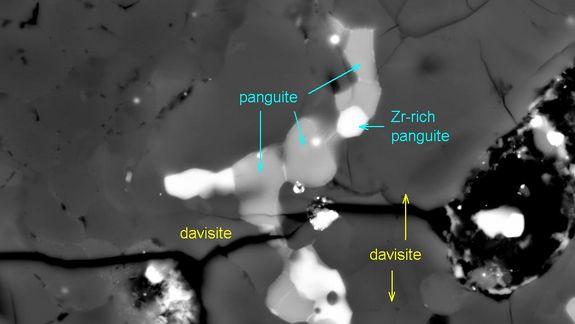NASA's Mars Curiosity rover reaches 'far frontier' - NASA's $2.5 billion Curiosity rover has reached the
base of the Martian mountain it aims to explore and should start
drilling rocks there soon, US space agency scientists said Thursday.
They also defended the robotic vehicle's work so far, after a review panel in July criticized the mission and said it was lacking focus.
The biggest Mars rover ever made landed on the Red Planet in August 2012 after a dramatic touchdown, with the goal of exploring the terrain for traces that life may once have existed.
"We have finally arrived at the far frontier that we have sought for so long," said John Grotzinger, Curiosity project scientist at the California Institute of Technology.
They also defended the robotic vehicle's work so far, after a review panel in July criticized the mission and said it was lacking focus.
The biggest Mars rover ever made landed on the Red Planet in August 2012 after a dramatic touchdown, with the goal of exploring the terrain for traces that life may once have existed.
"We have finally arrived at the far frontier that we have sought for so long," said John Grotzinger, Curiosity project scientist at the California Institute of Technology.

A color image released by NASA on August 28, 2012 and taken on August 23 shows Mount Sharp in the background, taken by the 34-millimeter mast camera on NASA's Curiosity Rover (AFP Photo/)
The vehicle is now at the base of Mount Sharp and will start climbing in the coming days, with the aim of drilling into a gray-green colored rock in the next couple of weeks, he said.
"The scientific sequel is upon us," said Jim Green, director of NASA's Planetary Science Division.
The rover will take a slightly more direct route from the base than initially planned, after its wheels were damaged last year by sharp rocks on the Martian surface that poked holes in four of the vehicle's six wheels.
"This damage accelerated the rate of wear and tear beyond that for which the rover team had planned. In response, the team altered the rover's route to a milder terrain," NASA said in a statement.
In July, an independent review panel said that the mission's aim of collecting eight samples from Mars' surface for a total of 13 analyses was "a poor science return for such a large investment in a flagship mission."
The reviewers also questioned whether the rover's science goals were being met, and precisely what they were, expressing concern that NASA's lead project scientist did not attend the presentation in person and was unavailable for questions.
"This left the panel with the impression that the team felt they were too big to fail," said the report by the NASA Planetary Senior Review panel.
Green said there had been a misunderstanding about scheduling and that NASA did not intend to have their lead scientist miss the panel's questions.
Green said the space agency was taking into account the findings of the panel.
"We don't filter their comments, we don't edit them out, we don't block their opinions," said Green.
"We solicit it, we got them, and we are acting on them." ( AFP )
READ MORE - NASA's Mars Curiosity rover reaches 'far frontier'






